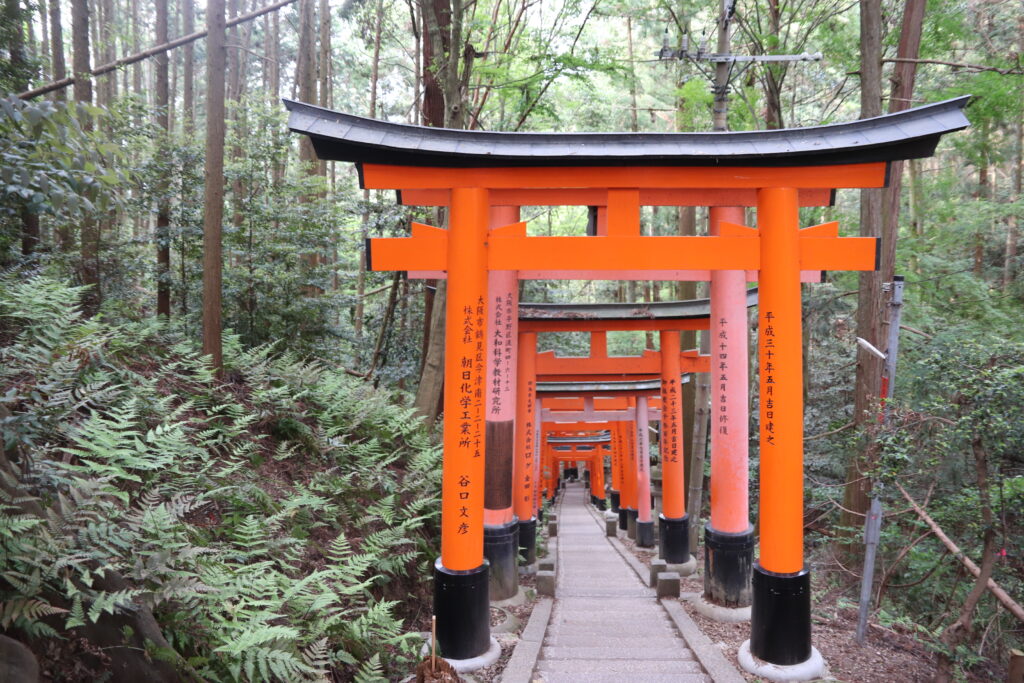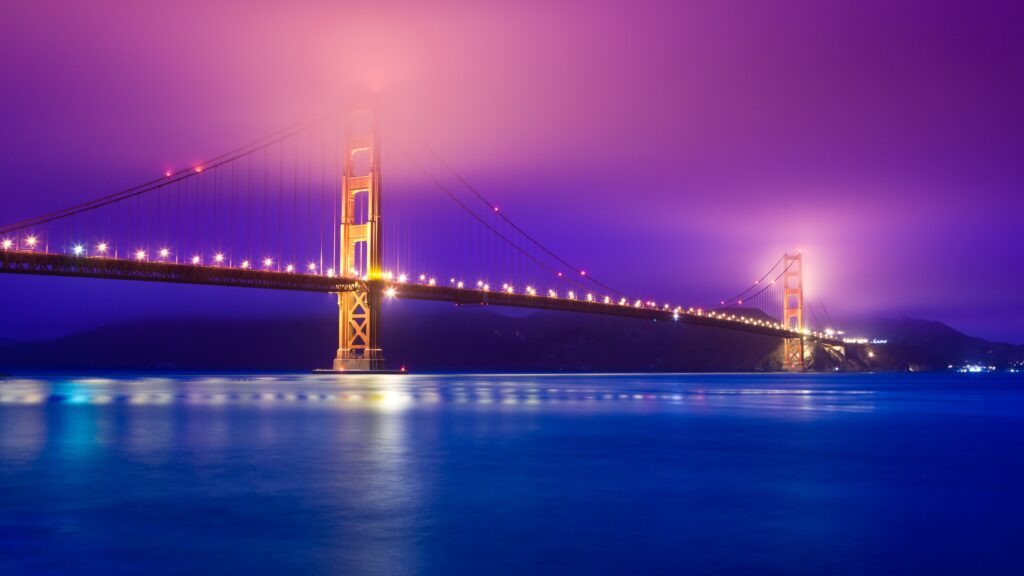
Introduction
Kyoto, the ancient capital of Japan, is a city where the past meets the present in the most enchanting ways. Nestled in the Kansai region, Kyoto is renowned for its well-preserved temples, traditional tea houses, vibrant geisha culture, and meticulously maintained gardens. For travelers seeking a deep dive into Japan’s cultural heritage, Kyoto offers an unparalleled experience. In this comprehensive guide, we’ll explore Kyoto’s must-see attractions, hidden gems, local cuisine, and tips for making the most out of your visit.
Arrival and Getting Around
Arrival
Kyoto is well-connected by various transportation options. The most common way to reach Kyoto is via train from major cities like Tokyo and Osaka. The Shinkansen (bullet train) is the fastest option, taking about 2.5 hours from Tokyo and just 15 minutes from Osaka. Kyoto Station, a modern hub with shopping and dining options, serves as the gateway to the city.
Getting Around
Once in Kyoto, getting around is straightforward. The city’s public transportation system includes buses, trains, and subways. However, Kyoto’s charm is best explored at a leisurely pace, so consider renting a bicycle or walking to truly soak in the city’s ambiance. For long-distance travel within the city, the Kyoto City Bus and the Kyoto Subway are reliable choices.
Iconic Temples and Shrines
Fushimi Inari Taisha
No visit to Kyoto is complete without a trip to Fushimi Inari Taisha. This iconic shrine is famous for its thousands of vibrant orange torii gates that create a mesmerizing pathway up Mount Inari. The hike to the summit takes about 2 hours, but even a shorter walk through the gates provides a surreal experience. Early morning or late afternoon visits are ideal to avoid crowds and capture the shrine’s mystical atmosphere.
Kinkaku-ji (Golden Pavilion)
Kinkaku-ji, or the Golden Pavilion, is one of Kyoto’s most celebrated landmarks. The temple, covered in gold leaf, reflects beautifully in the surrounding pond. The sight of the pavilion against the backdrop of lush greenery and serene water is nothing short of magical. Visit during the fall to witness the stunning contrast of golden foliage and the shimmering pavilion.
Kiyomizu-dera
Perched on a hill overlooking Kyoto, Kiyomizu-dera is renowned for its panoramic views and historic wooden stage. The temple’s name, which means “pure water,” refers to the Otowa Waterfall running beneath it. The temple is especially famous during cherry blossom season and autumn when the surrounding trees are in full bloom or fiery hues.
Ryoan-ji
Ryoan-ji is home to one of the most famous rock gardens in Japan. The simplicity and tranquility of the zen garden, with its meticulously placed rocks and raked gravel, invite meditation and contemplation. The surrounding pond and lush landscape further enhance the sense of peace that pervades the temple grounds.
Traditional Experiences
Tea Ceremony
Experiencing a traditional Japanese tea ceremony is a must-do in Kyoto. The ceremony, known as “chanoyu,” emphasizes the art of tea preparation and the philosophy of mindfulness. Several tea houses and cultural centers in Kyoto offer authentic tea ceremony experiences. At these sessions, you’ll learn about the meticulous preparation of matcha (powdered green tea) and its role in Japanese culture.
Kimono Rental
To fully immerse yourself in Kyoto’s traditional ambiance, consider renting a kimono. Several rental shops in Kyoto offer a range of kimono styles, from vibrant patterns to classic designs. Donning a kimono allows you to explore the city in a way that connects you with its historical roots. Many rental shops also provide hairstyling and accessories to complete your look.
Gardens and Nature
Arashiyama Bamboo Grove
The Arashiyama Bamboo Grove is a breathtaking natural wonder. Walking through the towering bamboo stalks creates an otherworldly experience, with the rustling of leaves and dappled sunlight adding to the enchantment. The grove is located near the Arashiyama district, which also boasts picturesque riverside views and charming streets lined with traditional shops and eateries.
Kyoto Botanical Gardens
For a more serene nature experience, visit the Kyoto Botanical Gardens. Spanning 240 acres, the gardens feature a diverse collection of plants, including seasonal flowers, exotic species, and beautifully landscaped areas. The highlight is the large greenhouse, home to tropical plants and orchids, which provides a lush escape from the city’s hustle and bustle.
Culinary Delights
Nishiki Market
Nishiki Market, known as “Kyoto’s Kitchen,” is a vibrant food market where you can sample a wide array of local delicacies. From fresh seafood and pickles to sweets and street food, the market offers a sensory overload of sights, smells, and flavors. Be sure to try Kyoto specialties like yudofu (tofu hot pot), kaiseki (traditional multi-course meal), and matcha sweets.
Traditional Kaiseki Dining
For a more refined dining experience, indulge in a kaiseki meal. This multi-course dining tradition showcases seasonal ingredients and meticulous presentation. Kaiseki restaurants in Kyoto range from casual to high-end, but all offer an exquisite culinary journey that reflects the artistry and elegance of Japanese cuisine.
Uji Matcha
Kyoto is famous for its high-quality matcha, particularly from the nearby town of Uji. Try matcha-flavored sweets, like mochi or ice cream, or visit a traditional tea shop to savor a bowl of rich, frothy matcha tea. Uji’s matcha is renowned for its depth of flavor and vibrant color, making it a standout experience for tea enthusiasts.
Cultural and Historic Districts
Gion District
Gion is Kyoto’s most famous geisha district, known for its traditional wooden machiya houses and narrow alleys. A stroll through Gion offers a glimpse into Kyoto’s past, with the possibility of encountering geisha or maiko (apprentice geisha) on their way to appointments. The district also features tea houses, traditional shops, and historical buildings that enhance its old-world charm.
Philosopher’s Path
The Philosopher’s Path is a scenic walking route that follows a cherry-tree-lined canal. The path is named after the philosopher Nishida Kitaro, who is said to have walked this route while contemplating his ideas. The path is particularly beautiful during cherry blossom season and autumn, offering a peaceful escape and a chance to reflect amidst nature.
Off-the-Beaten-Path
Nanzen-ji Temple Complex
Nanzen-ji is one of Kyoto’s largest and most important temple complexes. While not as well-known as some of the city’s more famous temples, it offers a serene atmosphere and a variety of sub-temples to explore. Highlights include the impressive Sanmon Gate and the beautiful Zen garden at Nanzen-in.
Tofuku-ji Temple
Tofuku-ji is renowned for its stunning Zen gardens and its role in the history of Japanese garden design. The temple’s gardens, particularly the Hojo Garden, are renowned for their use of rock formations and carefully pruned trees to create a harmonious landscape. The temple is less crowded than some of Kyoto’s more famous sites, offering a more tranquil experience.
Fushimi Sake District
Kyoto is also known for its sake, and the Fushimi district is home to several sake breweries. A visit to Fushimi offers a chance to tour these breweries, learn about the sake-making process, and sample various types of sake. The area’s traditional atmosphere and historic buildings add to the charm of the experience.
Tips for Visiting Kyoto
Best Time to Visit
Kyoto is a year-round destination, but the best times to visit are during the spring (cherry blossom season) and autumn (fall foliage). Spring brings vibrant cherry blossoms to the city’s gardens and temples, while autumn offers stunning hues of red and gold. Summer can be hot and humid, while winter, though cold, offers fewer crowds and serene landscapes.
Cultural Etiquette
Respecting local customs and etiquette is essential in Kyoto. When visiting temples and shrines, dress modestly, remove your shoes before entering indoor areas, and refrain from taking photos where prohibited. Be mindful of quiet and respectful behavior, especially in sacred spaces.
Language and Communication
While English is commonly understood in tourist areas, learning a few basic Japanese phrases can enhance your experience. Simple greetings, thank you (arigatou gozaimasu), and please (onegaishimasu) go a long way in showing respect for the local culture.
Accommodations
Kyoto offers a range of accommodations, from traditional ryokan (Japanese inns) to modern hotels and guesthouses. Staying in a ryokan provides an immersive experience, complete with tatami mats, futon bedding, and traditional Japanese hospitality. For those preferring modern amenities, there are numerous hotels and serviced apartments throughout the city.
Conclusion
Kyoto is a city that captures the essence of Japan’s cultural heritage while embracing the present. From its iconic temples and serene gardens to its traditional tea ceremonies and culinary delights, Kyoto offers an unforgettable journey through time. Whether you’re wandering through bamboo groves, savoring matcha treats, or experiencing the grace of a traditional tea ceremony, Kyoto’s timeless charm will leave a lasting impression. With its rich history, stunning landscapes, and vibrant culture, Kyoto is a destination that promises to enchant and inspire every traveler.

